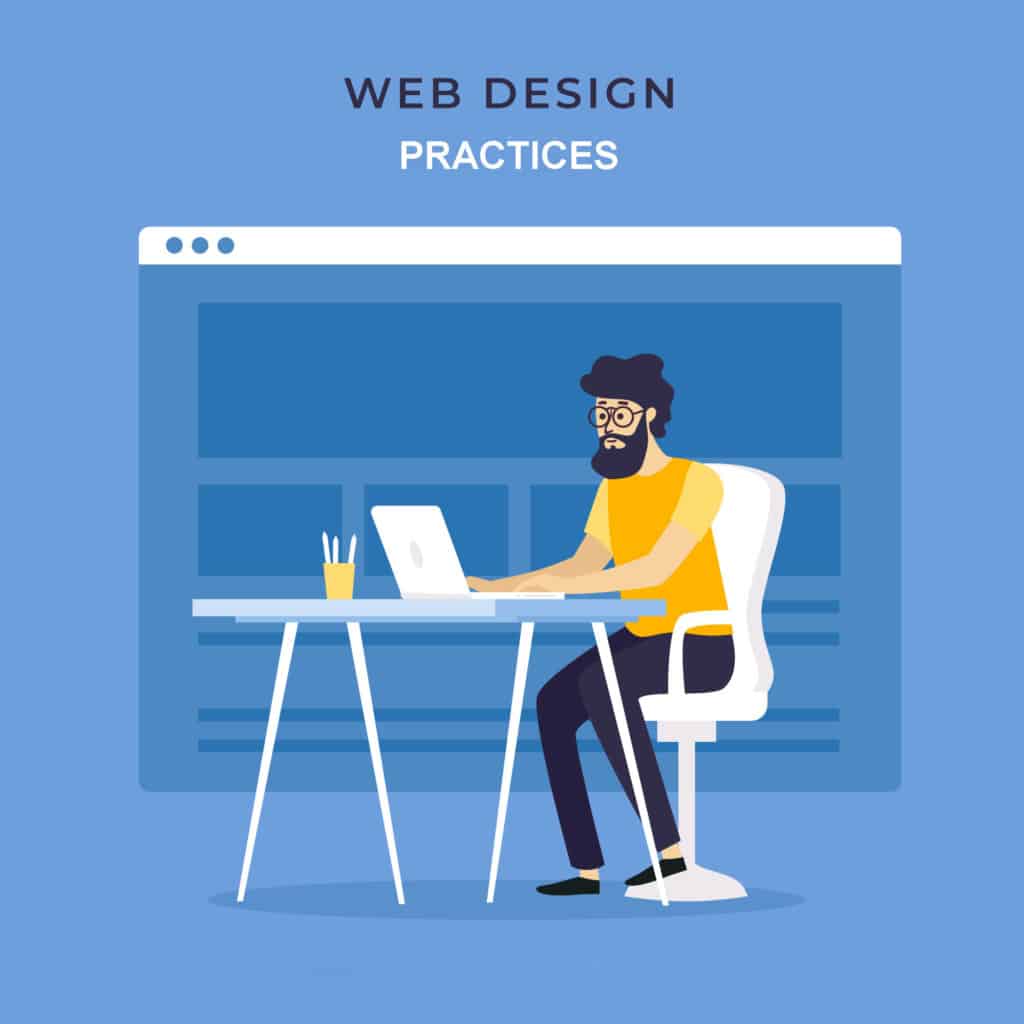A slow website will damage your ranking in search results and directly impact your bottom line. Nearly 40% of people will abandon your website if it takes longer than 3 seconds to load. They won’t check out your products and services and they’ll click back to Google and go to your competitors.
In this post, we’ll cover 9 actionable website design tips you can implement to improve page speed and reduce loading times.
1. Check Your Website Speed
The first thing you should do is check your website speed. And as Magicdust, a website design Sydney agency, reminds us, website speed is an SEO factor so you should strive to have a faster website speed than your competitors in the search results.
You can use Google’s PageSpeed Insights to perform a speed check of your website quickly. Enter your URL, and the tool will perform an audit and give your website a rating out of 100. The tool also provides recommendations on how you can improve page speed.
It’s essential to regularly monitor your website speed to identify and correct any issues before they impact website performance. Using this tool you can immediately measure the impact of any improvements.
2. Enable Browser Caching
Making your website as fast as possible for first-time visitors is crucial. But between 40-60% of your website visitors will be returning users. People that have already viwebsited your website before.
You can quickly speed up your website for returning visitors by enabling caching. When a user first visits your website, elements of the web page are stored in a cache on the user’s hard drive. When the user visits the page a second time, the browser can load the web design elements without downloading them from the server.
3. Compress and Reduce Image Sizes
Images are usually the largest files on a web page and have a significant impact on page speed. One of the most critical website design optimization tips is to reduce image file size.
A study into image compression showed that reducing image file sizes from 22MB to 300KB resulted in a 70% reduction in the time users need to wait before interacting with a page.
You can reduce file sizes by cropping images to the size of the space on your page where you want them to appear. If you’re going to place the image in a 570px wide space, crop the image to that width.
4. Choose the Right Hosting
Most business owners choose a shared hosting plan when they first launch their website. Shared hosting is the most affordable option, but it means that you will share a server with multiple websites. That’s not usually a problem when your new website isn’t getting much traffic, but it can become an issue when your website or other websites on the same server experience a spike in traffic.
If you’re starting to drive a lot of traffic to your website and noticing a dip in performance, you should consider upgrading to VPS hosting or dedicated hosting. With VPS hosting, a portion of the server is dedicated to your website, while dedicated hosting means you are the only website stored on the server.
5. Minify JavaScript and CSS
If you’re unfamiliar with the website design terms cascading style sheets (CSS) and JavaScript (JS), these are standard files used by lots of websites. CSS is used to set the presentation and styling of a web page, while JS is used to set the functionality and interactivity.
Minification is the process of eliminating unnecessary code and reducing the size of CSS and JS files. The cleaner and smaller your CSS and JS files, the faster your web page will load.
6. Use Lazy Loading
You can make your website faster to use by prioritizing the loading of above-the-fold content. When a visitor lands on your website, the top of the web page will load faster and be usable before the rest of the page. The visitor doesn’t need to wait for the entire page to load before accessing your content.
7. Delete Unnecessary Plugins
Plugins can increase functionality, add web design elements, and improve the performance of your website, but they can also cause issues.
The more plugins you have, the more HTTP requests your website will generate and the slower your page speed will be. Too many plugins can bring your website speed down to a crawl.
Deactivate and delete any plugins that are not essential. Even if you only use a few plugins, you should regularly evaluate if they are necessary. You may find that you have multiple smaller plugins that serve one purpose that a single multifunctional plugin can replace.
8. Use a Content Delivery Network (CDN)
Page speed is impacted by the location of your server in relation to your website visitor. The greater the distance between the visitor and your server, the further the data needs to travel, and the longer your web design elements will take to load.
A CDN helps to reduce the distance by caching your website files across multiple strategically located servers. The user can access your cached web design files rather than having to wait for the data to be transmitted from your main hosting server.
Using a CDN comes with additional expense, but it can be an easy way to improve page speed for websites with a large audience.
9. Simple and Clean Web Pages
Less is often more when it comes to website design.
One of the most effective ways to improve page speed is to reduce the number of web design elements on each page. When you add images, graphics, and animation, you increase the size and loading time of the web page.
Every element of the page should serve a purpose.
Keeping your pages simple will also help make your message clear and increase your website’s usability. Users can quickly find what they are looking for, navigate your website, and click on your CTAs.
Conclusion
Improving your page speed can be a challenge, but it’s a vital part of website design that will directly impact your ranking in search results and the number of leads and sales you generate from your website.
Use PageSpeed Insights to test your website, and make your way through the above web design tips to improve your loading times. When your website speed is up to scratch, you’ll see an uplift in conversions and search ranking.
The post 9 Simple and Effective Website Design Tips to Improve Page Speed appeared first on Creativ Digital.
from Creativ Digital https://ift.tt/2Vi1P1L



